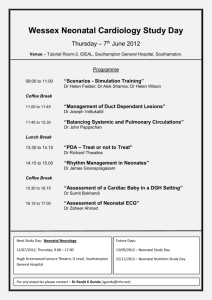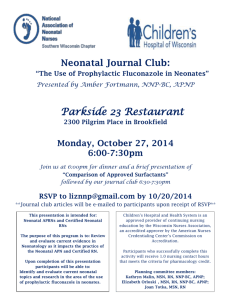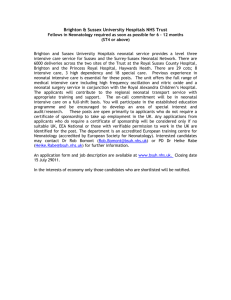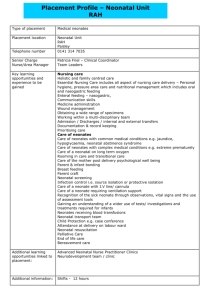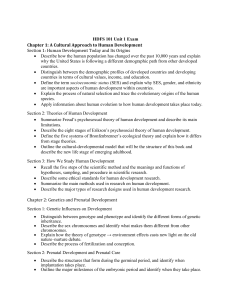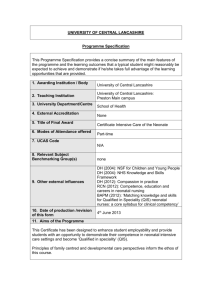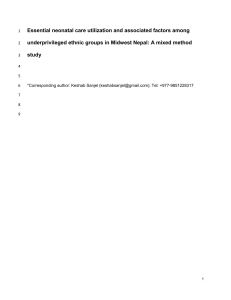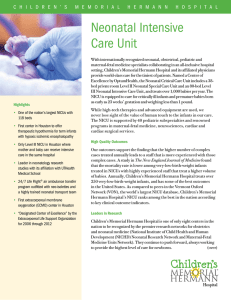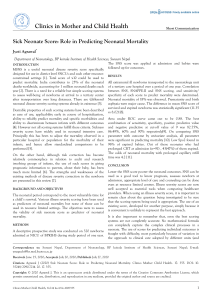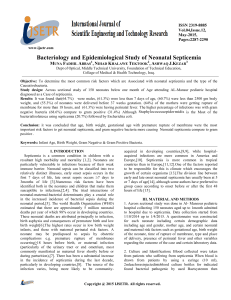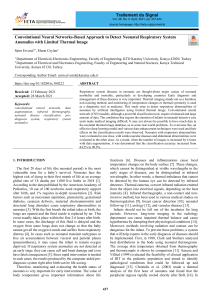Successful treatment of RDS requires careful monitoring and
advertisement
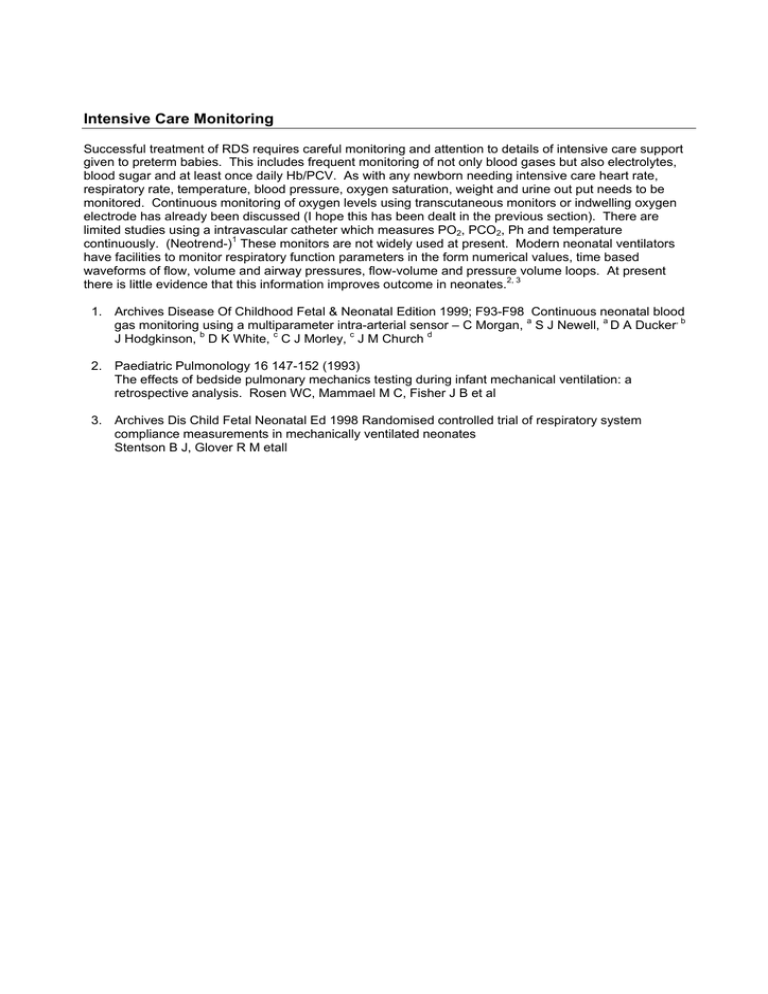
Intensive Care Monitoring Successful treatment of RDS requires careful monitoring and attention to details of intensive care support given to preterm babies. This includes frequent monitoring of not only blood gases but also electrolytes, blood sugar and at least once daily Hb/PCV. As with any newborn needing intensive care heart rate, respiratory rate, temperature, blood pressure, oxygen saturation, weight and urine out put needs to be monitored. Continuous monitoring of oxygen levels using transcutaneous monitors or indwelling oxygen electrode has already been discussed (I hope this has been dealt in the previous section). There are limited studies using a intravascular catheter which measures PO2, PCO2, Ph and temperature continuously. (Neotrend-)1 These monitors are not widely used at present. Modern neonatal ventilators have facilities to monitor respiratory function parameters in the form numerical values, time based waveforms of flow, volume and airway pressures, flow-volume and pressure volume loops. At present there is little evidence that this information improves outcome in neonates.2, 3 1. Archives Disease Of Childhood Fetal & Neonatal Edition 1999; F93-F98 Continuous neonatal blood gas monitoring using a multiparameter intra-arterial sensor – C Morgan, a S J Newell, a D A Ducker, b J Hodgkinson, b D K White, c C J Morley, c J M Church d 2. Paediatric Pulmonology 16 147-152 (1993) The effects of bedside pulmonary mechanics testing during infant mechanical ventilation: a retrospective analysis. Rosen WC, Mammael M C, Fisher J B et al 3. Archives Dis Child Fetal Neonatal Ed 1998 Randomised controlled trial of respiratory system compliance measurements in mechanically ventilated neonates Stentson B J, Glover R M etall

